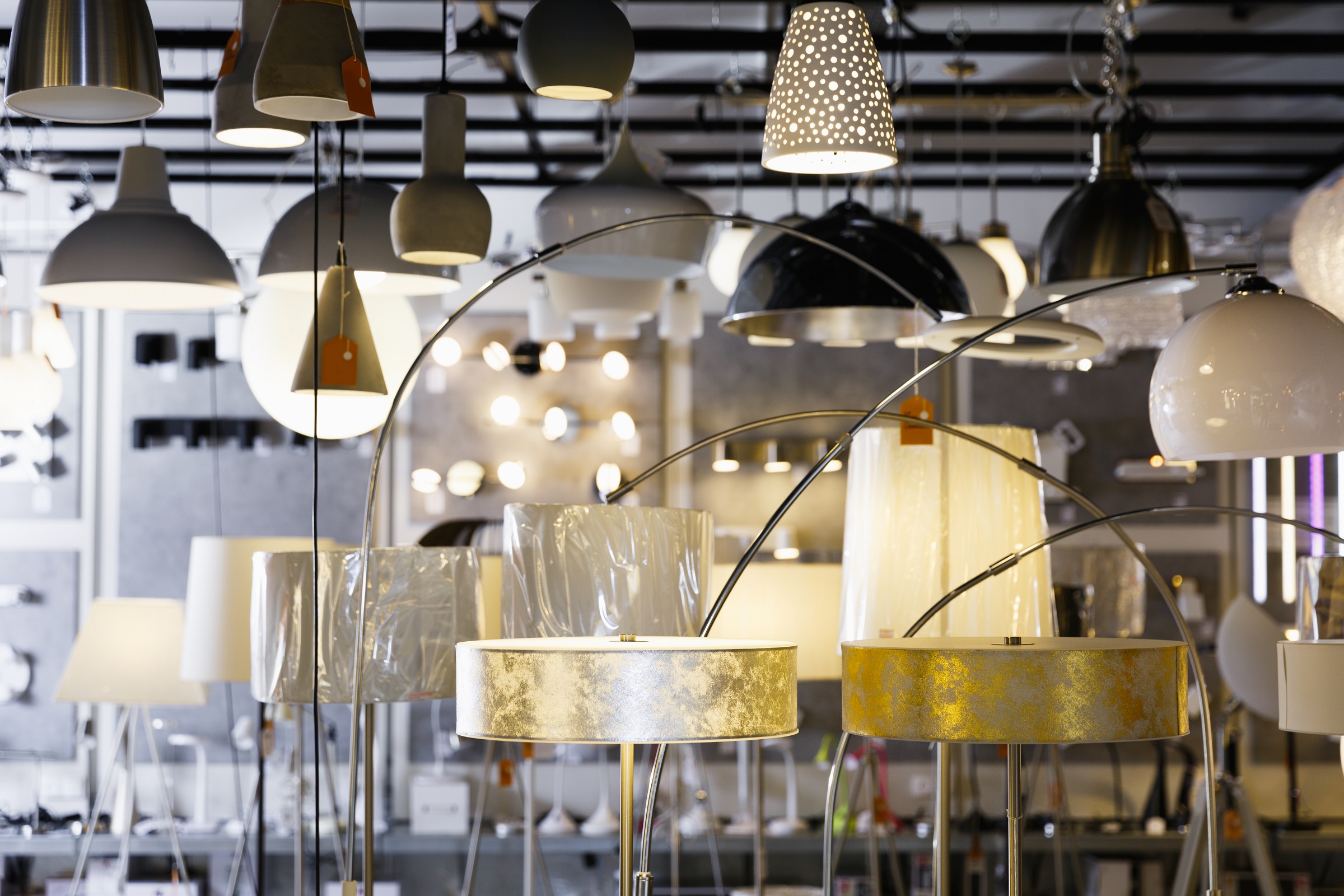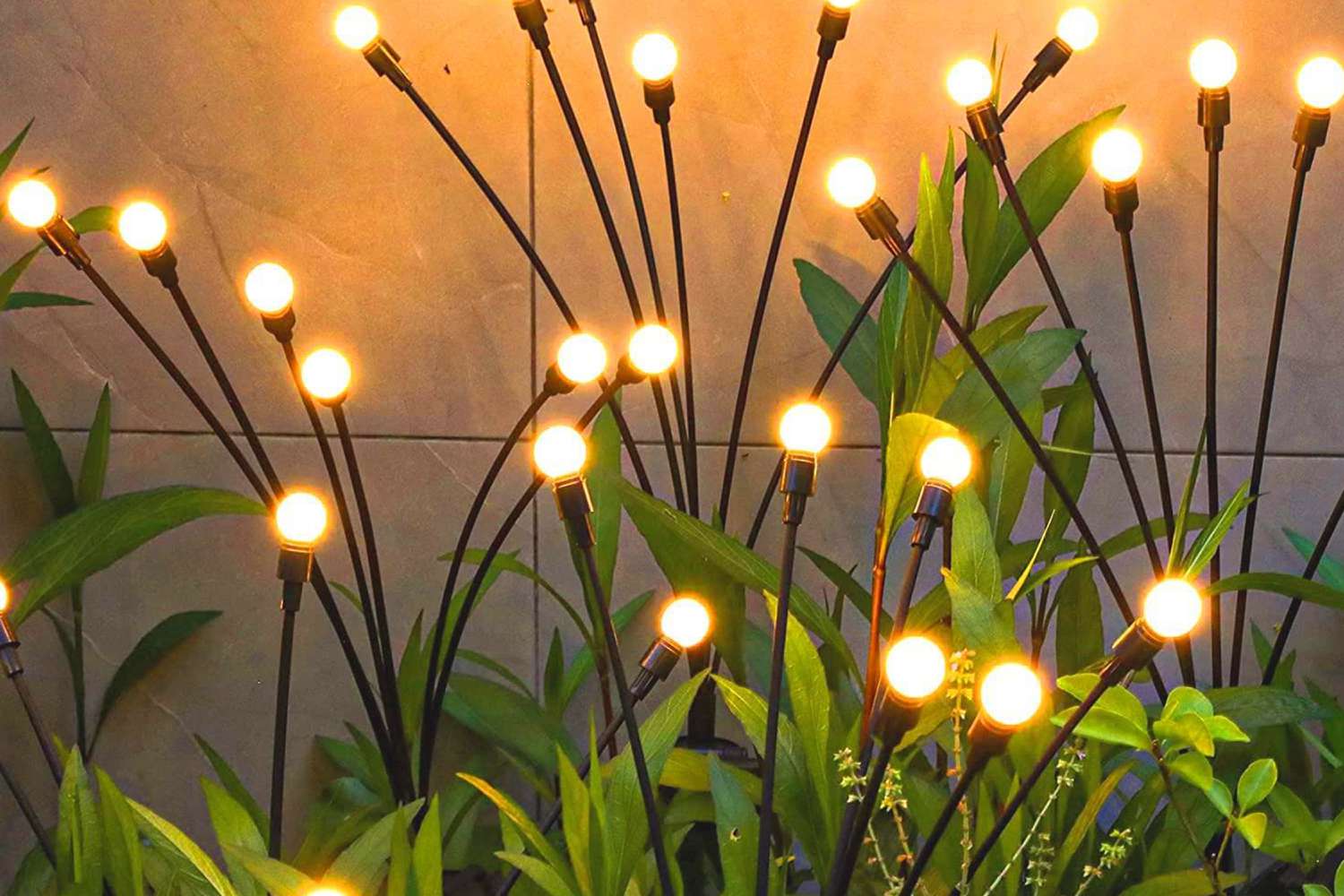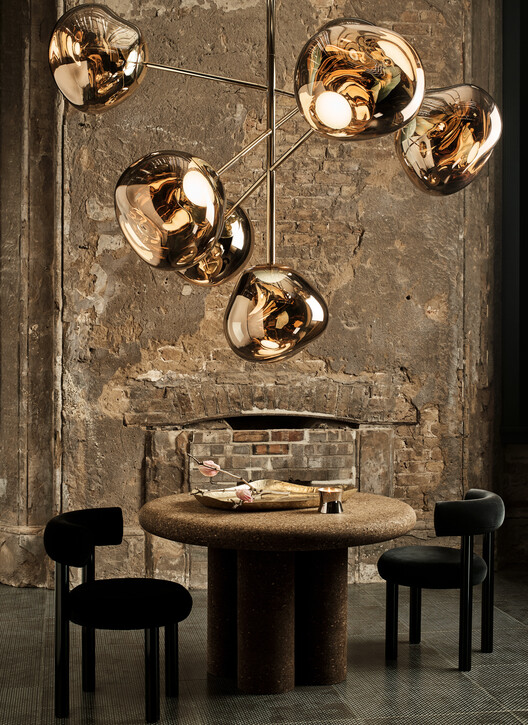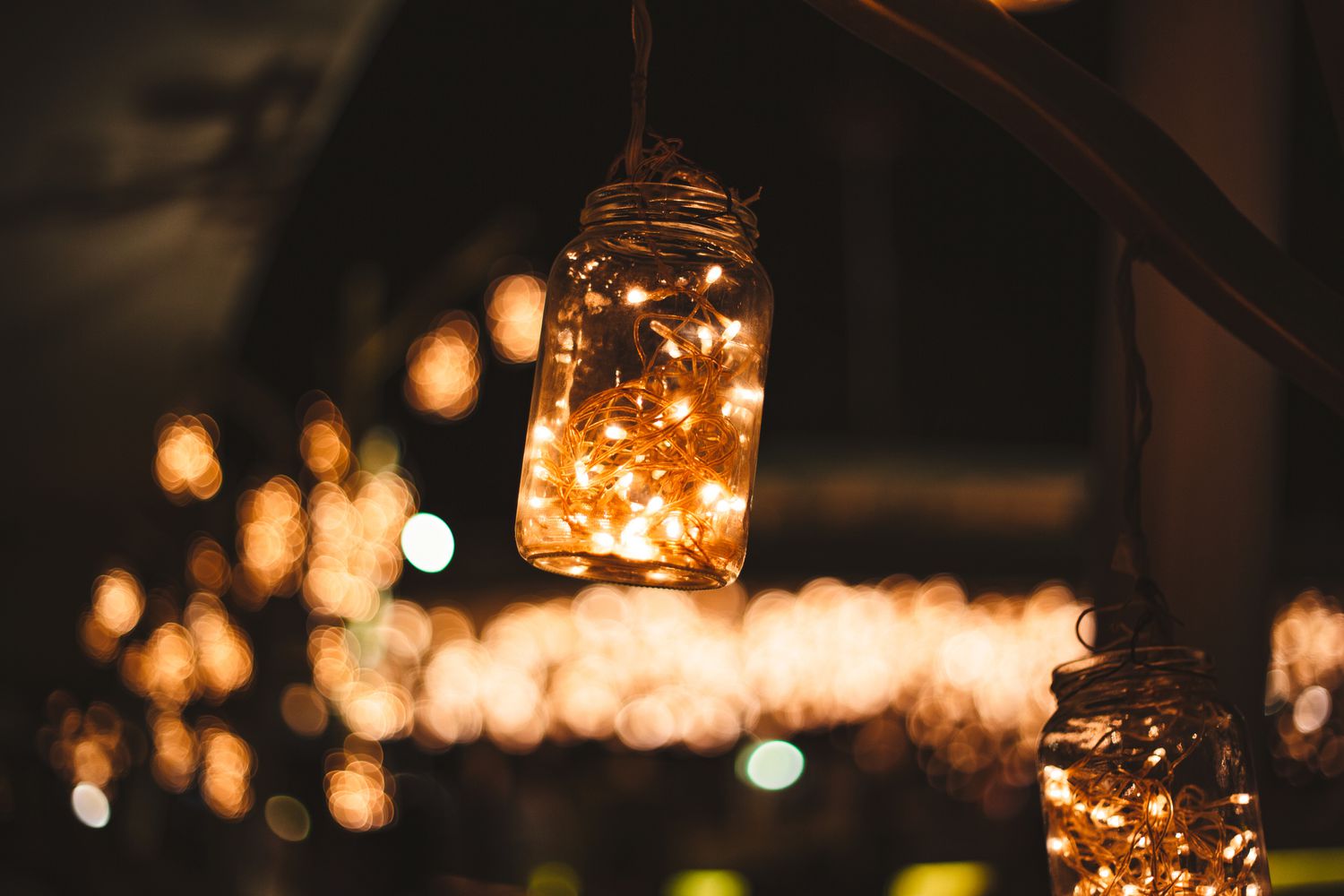**Energy-Efficient Lighting: Strategies for Saving Money and Reducing Environmental Impact**
In today’s world, where energy conservation and environmental sustainability are increasingly important, adopting energy-efficient lighting solutions is a simple yet impactful way to make a positive difference. By making smart choices when it comes to lighting your home or business, you can save money on energy bills, reduce your carbon footprint, and create a more comfortable and sustainable environment. Here are some strategies for embracing energy-efficient lighting:
**1. Switch to LED Bulbs:**
One of the most effective ways to improve energy efficiency in lighting is by switching to LED (light-emitting diode) bulbs. LED bulbs consume significantly less energy than traditional incandescent or fluorescent bulbs and have a much longer lifespan, reducing the need for frequent replacements. While LED bulbs may have a higher upfront cost, the long-term savings in energy costs and replacement expenses make them a worthwhile investment.
**2. Choose Energy Star-Certified Fixtures:**
When selecting light fixtures for your home or business, look for models that are Energy Star-certified. Energy Star-certified fixtures meet strict energy efficiency criteria set by the U.S. Environmental Protection Agency (EPA) and can help reduce energy consumption and lower utility bills. Energy Star-certified fixtures are available in a variety of styles and designs to suit any aesthetic preferences or lighting needs.
**3. Install Dimmer Switches and Timers:**
Dimmer switches and timers are useful tools for controlling lighting levels and reducing energy usage. Installing dimmer switches allows you to adjust the brightness of your lights to match your needs and preferences, saving energy by using only as much light as necessary. Timers can be used to automatically turn lights on and off at specific times, ensuring that lights are not left on unnecessarily and reducing energy waste.
**4. Use Natural Light Whenever Possible:**
Take advantage of natural light to illuminate your space and reduce the need for artificial lighting during the day. Keep curtains, blinds, and shades open to allow sunlight to filter into your home or workspace, and position furniture and fixtures to maximize natural light exposure. Consider installing skylights or solar tubes to bring even more natural light into interior spaces, reducing the reliance on electric lighting.
**5. Optimize Lighting Design and Layout:**
Careful planning and design can help optimize lighting efficiency and effectiveness. Consider factors such as room layout, function, and usage patterns when designing your lighting scheme. Use task lighting for specific activities like reading or cooking, ambient lighting for general illumination, and accent lighting to highlight architectural features or artwork. By layering different types of lighting and strategically placing fixtures, you can create a well-lit and visually appealing space while minimizing energy consumption.
**6. Retrofit Existing Fixtures with Energy-Efficient Upgrades:**
If you already have existing light fixtures in your home or business, consider retrofitting them with energy-efficient upgrades to improve their efficiency and performance. Replace outdated bulbs with LED equivalents, install occupancy sensors or motion detectors to automatically control lighting in unoccupied areas, and add reflectors or diffusers to maximize light output and distribution. These simple upgrades can significantly reduce energy usage and operating costs without the need for major renovations.
**7. Educate and Encourage Energy-Saving Habits:**
Finally, educate yourself and others about the benefits of energy-efficient lighting and encourage energy-saving habits in your home or workplace. Remind family members, employees, or tenants to turn off lights when leaving a room, unplug electronics when not in use, and use natural light whenever possible. By fostering a culture of energy conservation and awareness, you can make a collective impact on reducing energy consumption and environmental impact.
In conclusion, embracing energy-efficient lighting is a practical and effective way to save money, reduce environmental impact, and create a more sustainable living or working environment. By switching to LED bulbs, choosing Energy Star-certified fixtures, using dimmer switches and timers, maximizing natural light, optimizing lighting design, retrofitting existing fixtures, and promoting energy-saving habits, you can make a positive difference in your energy usage and contribute to a brighter, greener future. So take action today to upgrade your lighting and start enjoying the benefits of energy-efficient illumination!



